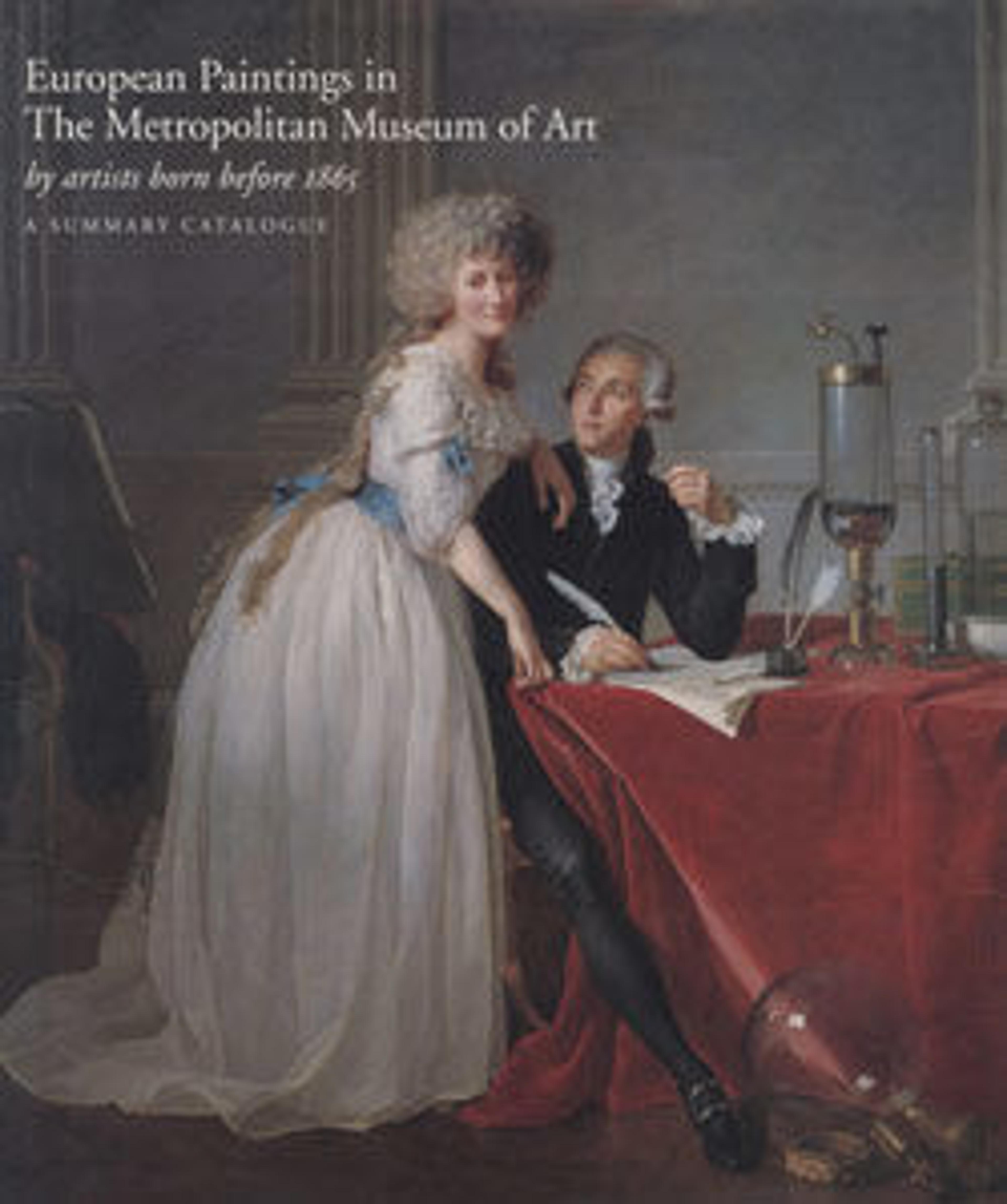Madonna and Child Enthroned with Saints Mary Magdalen and John the Baptist
Bugiardini almost certainly painted this altarpiece for Bindo Altoviti, a Florentine banker who was one of the greatest patrons of his day. Altoviti commissioned it for his private chapel dedicated to the Magdalen in the town of Cappiano. Remarkably, the painting has survived in its original frame—the Altoviti arms are on the base of the pilasters—probably designed by the talented architect and woodworker Baccio d’Agnolo and painted by a specialist in ornament. Altarpieces were the work of multiple specialists, each playing an important role in linking the picture to its architectural setting and enhancing its functions as a devotional tool and a statement of a patron’s virtuous generosity.
Artwork Details
- Title: Madonna and Child Enthroned with Saints Mary Magdalen and John the Baptist
- Artist: Giuliano di Piero di Simone Bugiardini (Italian, Florence 1475–1554 Florence)
- Date: ca. 1523
- Medium: Oil on wood
- Dimensions: 76 1/4 x 65 1/4 in. (193.7 x 165.7 cm)
- Classification: Paintings
- Credit Line: Fletcher Fund, 1930
- Object Number: 30.83
- Curatorial Department: European Paintings
More Artwork
Research Resources
The Met provides unparalleled resources for research and welcomes an international community of students and scholars. The Met's Open Access API is where creators and researchers can connect to the The Met collection. Open Access data and public domain images are available for unrestricted commercial and noncommercial use without permission or fee.
To request images under copyright and other restrictions, please use this Image Request form.
Feedback
We continue to research and examine historical and cultural context for objects in The Met collection. If you have comments or questions about this object record, please contact us using the form below. The Museum looks forward to receiving your comments.
